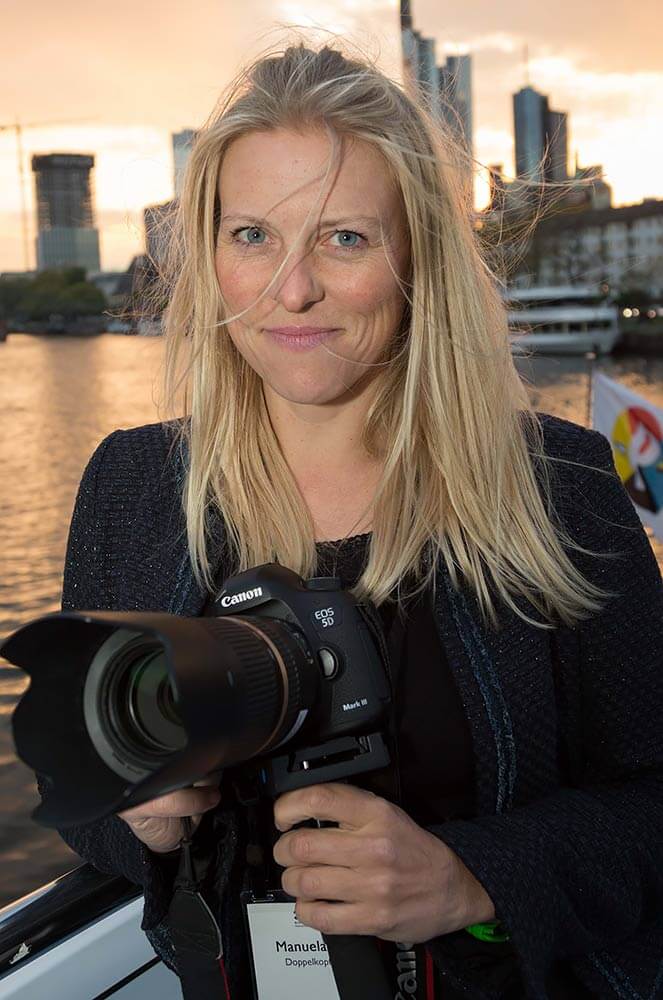Manuela Federl has worked as a journalist for more than 15 years. She studied languages, economics and cultural area studies with a focus on Romance studies at the University of Passau in Germany and the Universidad de Concepción in Chile. Her Thesis about the indigenous people in Chile Mapuche. Gente de la tierra sin tierra is also available as a book. After graduating, she worked as a journalist for an private broadcaster for five years. In 2016, she founded her company bergjournalisten. Since then she has been working as an independent documentary film director and journalist for different TV stations and for cinemas.
In 2016, she received the Short Plus Award for her feature film "100 Hours of Lesbos". In 2021 she got several prices for her documentary "THE GAME. Gambling between life and death" about the situation of refugees at the EU border. Since two years she is travelling through different countries to document in picture and text social topics.
The Roma Princesses
''Once upon a time there was a princess in the Roma ghetto. Society's racism and discrimination trapped her in the slum. Nevertheless, a brave prince tried to free her from the clutches of poverty and place the world at her feet.'' A dream that many girls in the Roma settlements probably have.
The girl from this fairy tale lives in Trebišov, one of the largest Roma ghettos in Slovakia. Around 7,000 people live here under precarious conditions in cobbled-together barracks or run-down tenements. Most apartments have no sewage system, no showers, no toilets and no kitchen. There is one single well for all residents. Trebišov, in eastern Slovakia, is one of around 800 settlements that exist, according to the 2019 Atlas of Roma Communities.
Around 450,000 Roma live in Slovakia. At around ten per cent, they are the largest minority in the country. But already children have a difficult start. According to a 2022 study by the European Union, 2/3 of Roma children go to schools where only Roma are taught. The girl from the fairy tale also attends an all-Roma school in the settlement. The children often speak Romani, the language of the Roma, with their parents at home. Since there are no kindergartens for them, their Slovak language is often poor when they start school. They are enrolled in special schools that only Roma attend. The school material in nine years corresponds to the content that Slovak children learn in four years. Because of this, attending secondary school is almost impossible.
Discrimination and poor access to education prevent young Roma from breaking the vicious circle of poverty. According to the Slovak Interior Ministry, 48 per cent of Roma are unemployed. Mostly they get day labour jobs. They have no regular routine and no hope for improvement. These prospects make life difficult to bear. Hopelessness has led many young people to become addicted to alcohol or drugs. No population group in Europe has to live in more inhumane conditions. On average, they die ten years earlier than other Slovaks.(...)
